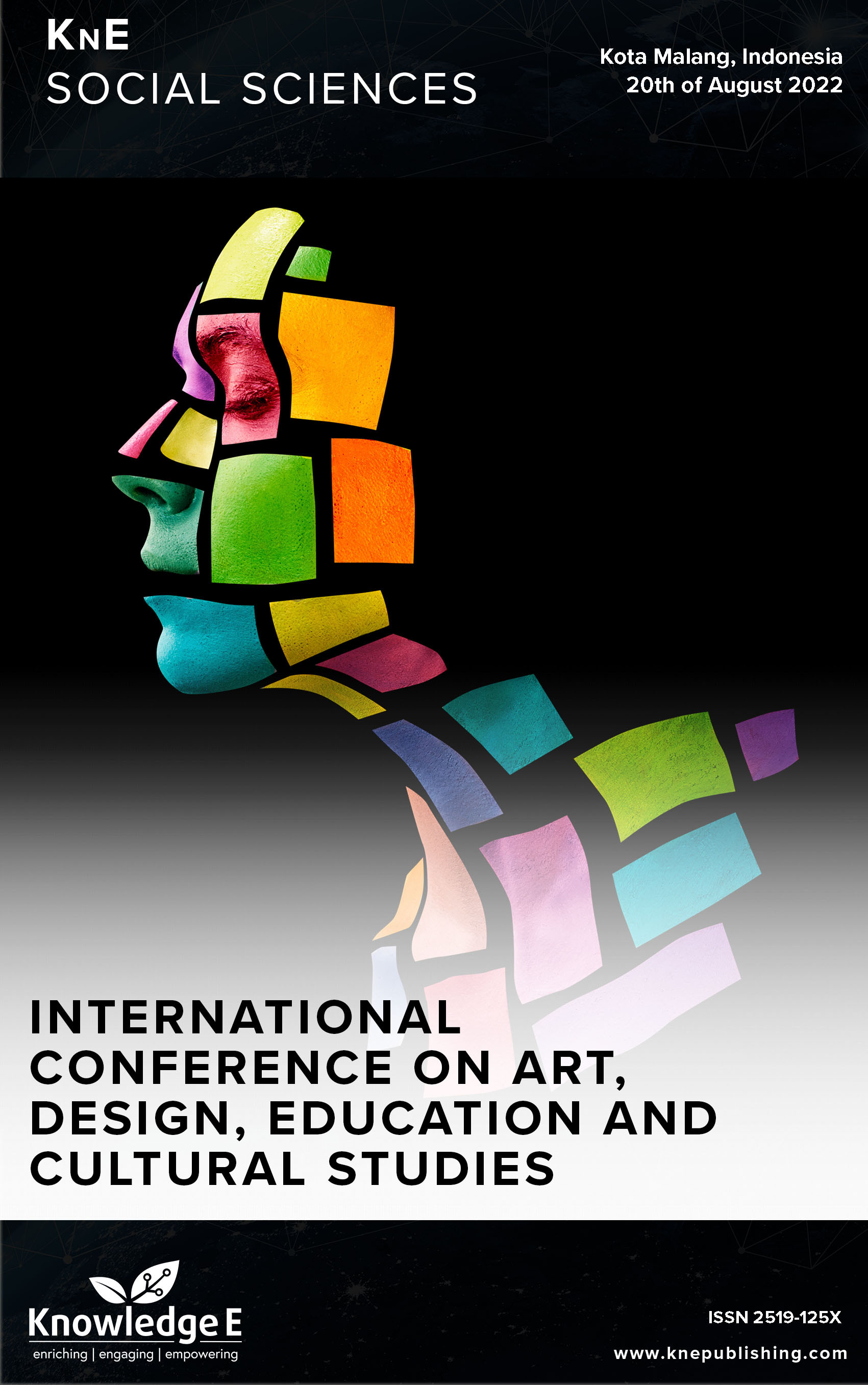Memory Collective in the Visual Rhetoric of Traditional Packaging Designs
DOI:
https://doi.org/10.18502/kss.v8i15.13917Abstract
Campaigns against environmental issues are now being voiced more and more, one of which is the problem of waste due to packaging. The packaging process uses organic materials, mainly producing waste that can pollute the environment. Packaging has been done by the community through the system of storing dish ingredients. Consumerist societies appear as a result of consuming signs, and any signs that appear visually greatly affect the target motivational audience both intrinsically and extrinsically. The representation of visual language in the form of processed natural materials into packaging products gives rise to the perception of traditional imagery. The fact that the packaging design at the company Jajanan Rakyat Khas Indonesia ( jarkasi) still maintains natural ingredients for traditional food products in Blitar is a concern in this study. This study uses qualitative research with intrinsic case studies that will discuss the packaging design of regional culinary dishes that use noodle-style ingredients as product wrappers. Research was conducted using interpretation analysis methods with a semiotic approach through sign science to observe symptoms that appear.This technique depicts traditional images that appear in packaging designs that use natural materials as research objects and inherent attributes as visual signs that can build persuasive messages of traditional images. The use of natural ingredients in the choice of packaging is intentional due to the value proposition in snack products offered to consumers, where the value proposition is a special offer allocated to consumers and potential consumers. Overall, the memory of the manifestation of past cultural products has special values that are built through the process of in-memory transmission until it is meaningful. This meaning will be passed on to other potential consumers through a symbolic stimulus as a collective of memory.
Keywords: memory, visual, rhetoric, packaging, design
References
[2] Shidiqy D. Pengaruh Penggunaan Peringatan Visual Dalam Desain Kemasan Terhadap Keputusan Pembelian Dengan Respon Emosional Sebagai Variabel Pemediasi (Studi Kasus Pada Pembeli Rokok Sampoerna A Mild di Warung Kopi Waris Tulungagung). Ekon. Bisnis. 2016;21(2):190–200.
[3] Sabana S. Nilai Estetis Pada Kemasan Makanan Tradisional Yogyakarta. ITB J. Vis. Art Des. 2007;1(1):10–25.
[4] Cenadi CS. Peranan Desain Kemasan Dalam Dunia. Nirmana. 2000;2(1):92–103.
[5] Jamaludin AN. Sosiologi Perkotaan. membahas pengertian dan ruang lingkup. 2017;2.
[6] Martha D, Wardah M, Ananda M, Ulya R, Sari VR. Fenomena Gaya Hidup Masyarakat Dalam Era Belanja Daring. 2020;4:55–62.
[7] Baudrilard JP. Masyarakat Konsumsi. Yogyakarta: Kreasi Wacana; 2011.
[8] Danesi M. Message, sign, and meanings: A basic text book insemiotics and communication theory. Toronto: Canadian Scholar’s Press; 2004.
[9] Purwanto B. Reality and myth in contemporerary Indonesian history. Humaniora. 2001;13(2):111–23.
[10] Sumartono. Metodologi Penelitian Kualitatif Seni Rupa dan Desain. Jakarta: Universitas Trisakti; 2017.
[11] J Kapferer. The new strategic brand management: creating and sustaining brand equity long term Kogan page series new strategic brand management: creating and sustaining brand equity series. 2008.
[12] Ghodeswar BM. Building brand identity in competitive markets: a conceptual modell. J Prod Brand Manage. 2008;17(1):4–12.
[13] Buttle F. Customer Relationship Management. Burlington (MA): Elsevier; 2009.
[14] P Fifield. Marketing strategy masterclass: making marketing strategy happen. Butterwort Heinemann. 2007.
[15] Osterwalder YA, Pigneur. Modelling value propositions in E-business. 2003.Available from: http://www.hec.unil.ch/yp

